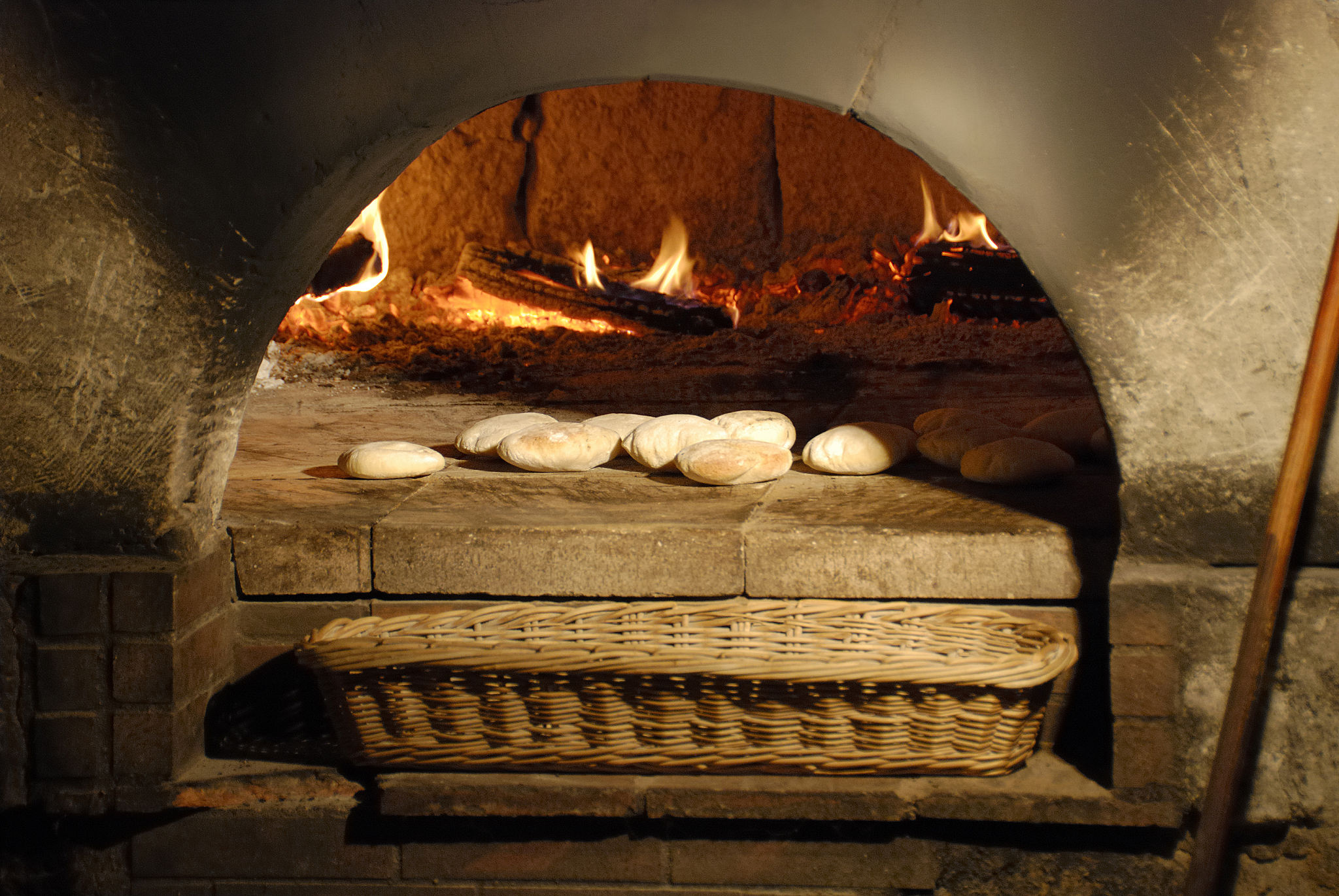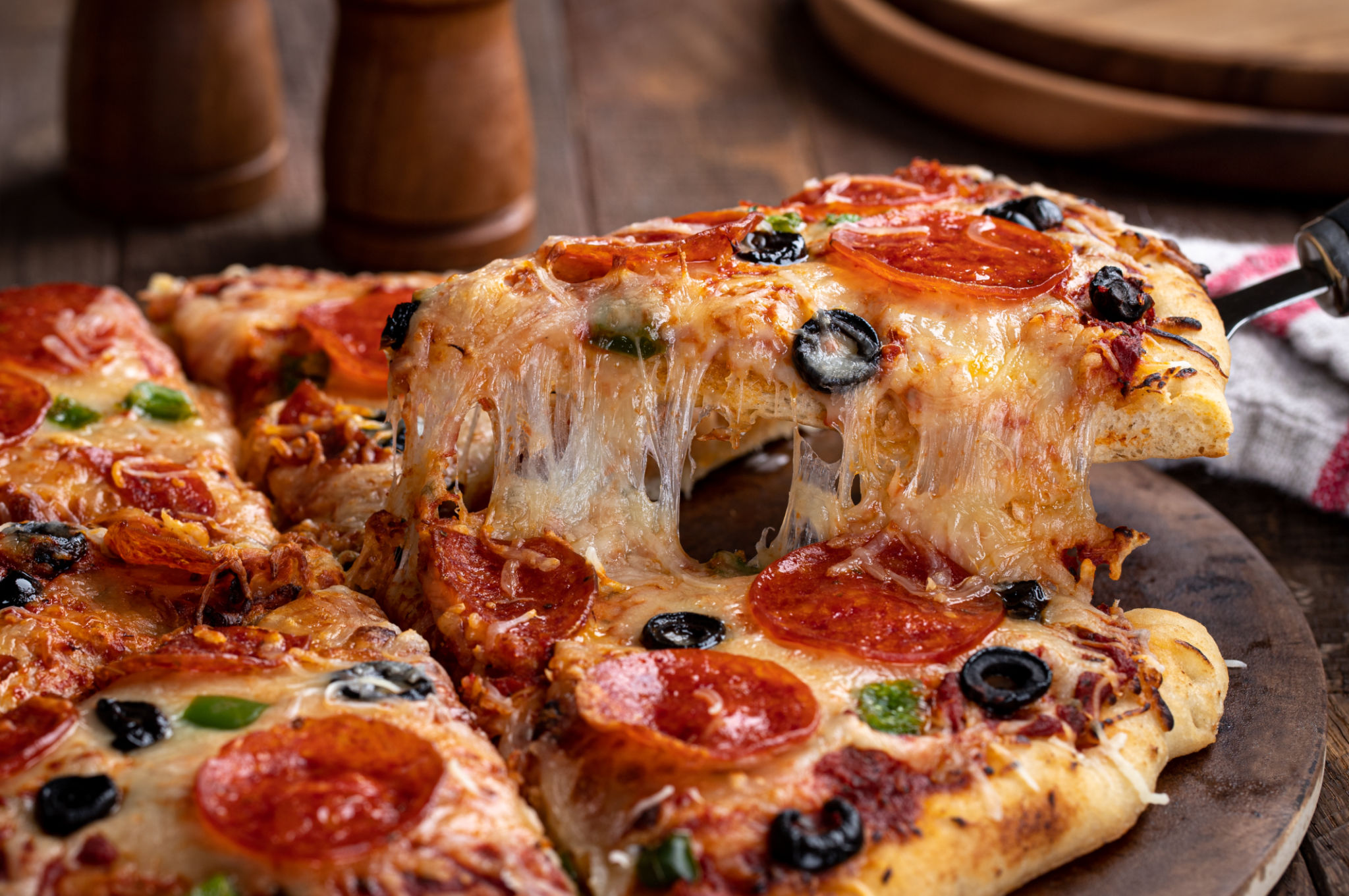Comparing Pizza Styles: What Sets Original Italian Pizza Apart from Your Usual Slice
When it comes to pizza, a seemingly simple dish, the world offers a rich tapestry of styles and flavors that reflect local tastes, ingredients, and cooking traditions. Among these, the original Italian pizza stands out as a beloved classic that has influenced countless variations across the globe.

The Origins of Italian Pizza
The story of pizza begins in Italy, where it was first crafted in the city of Naples. Neapolitan pizza, as it's commonly known, is characterized by its simplicity and reliance on fresh, high-quality ingredients. A traditional Neapolitan pie consists of a thin, soft crust topped with San Marzano tomatoes, fresh mozzarella cheese, fresh basil, olive oil, and a sprinkle of salt.
This style of pizza is baked in a wood-fired oven at extremely high temperatures, which contributes to its unique texture—crispy on the outside yet soft and chewy on the inside. The Neapolitan pizza has even earned a special designation by the European Union as a Traditional Specialty Guaranteed (TSG) product, underscoring its cultural significance.

The American Pizza Evolution
As Italian immigrants settled in the United States, they brought their love of pizza with them. Over time, American pizza evolved into a distinct style of its own. Unlike its Italian counterpart, American pizza often features a thicker crust and an abundance of toppings ranging from pepperoni and sausage to vegetables and exotic cheeses.
American pizza also varies widely by region, with each area adding its own twist. For example, New York-style pizza is known for its large, thin slices that are perfect for folding, while Chicago-style deep-dish pizza offers a hearty pie with a thick crust and layers of cheese and toppings.

Key Differences in Ingredients
One of the most noticeable differences between original Italian pizza and American-style pizza is the ingredients used. Italian pizzas prioritize simplicity and freshness. The use of San Marzano tomatoes and buffalo mozzarella ensures a rich flavor profile without overwhelming the palate.
In contrast, American pizzas tend to embrace variety and abundance. It's not uncommon to find pizzas loaded with multiple types of cheese and meats, offering a heavier and more indulgent experience. This diversity allows for creativity and customization but can sometimes lead to ingredient overload.

Cooking Techniques and Presentation
The way pizzas are cooked and presented also varies significantly. Traditional Italian pizzas are cooked for just 90 seconds in a wood-fired oven at temperatures exceeding 800 degrees Fahrenheit, resulting in their signature charred crust.
American pizzas are more commonly baked in gas or electric ovens at lower temperatures, which affects the texture and flavor. The presentation also differs; while Italian pizzas are often served whole and enjoyed with a fork and knife, American pizzas are typically sliced into wedges for easy hand-held enjoyment.
The Experience of Enjoying Pizza
Ultimately, the experience of enjoying Italian versus American pizza is distinct. Italian pizzas offer a more refined taste that celebrates simplicity and tradition. They are often enjoyed as part of a leisurely meal with wine or espresso.
American pizzas are synonymous with convenience and variety. Whether it's a quick lunch or a late-night snack, they cater to diverse preferences and occasions. Despite these differences, both styles share a common goal: to bring joy through delicious food.

